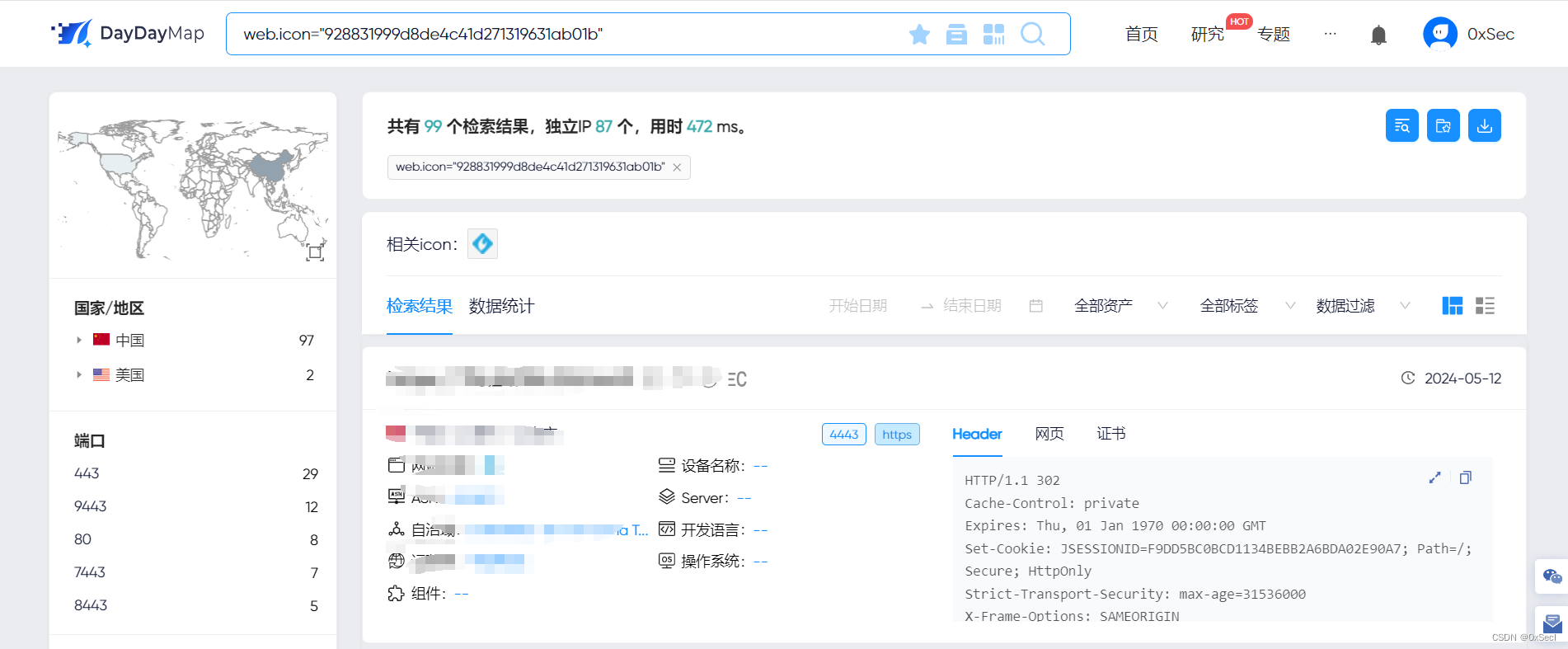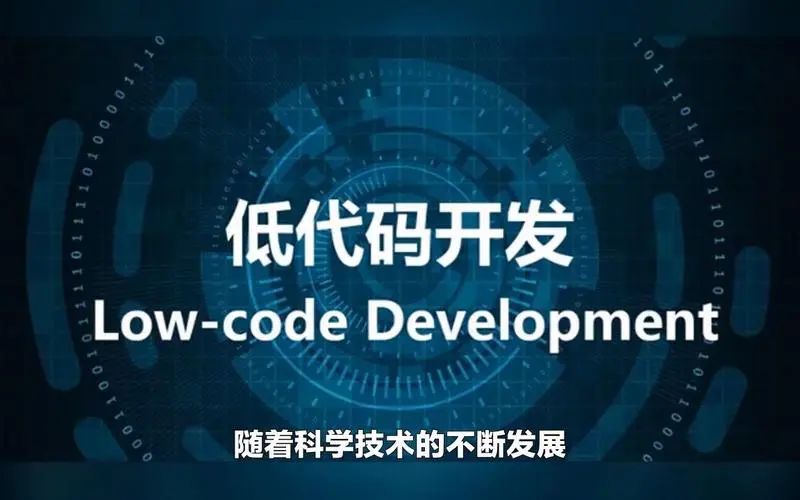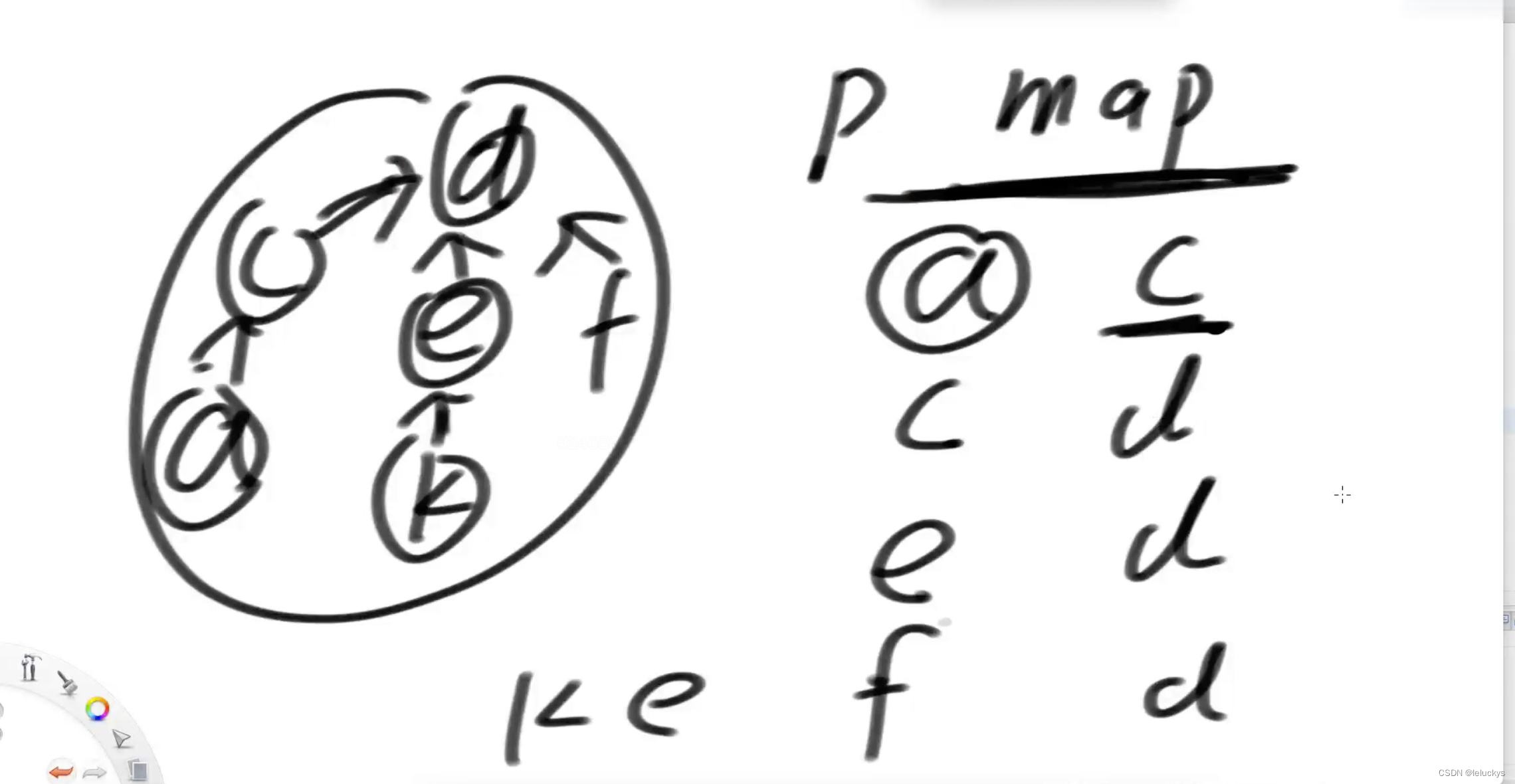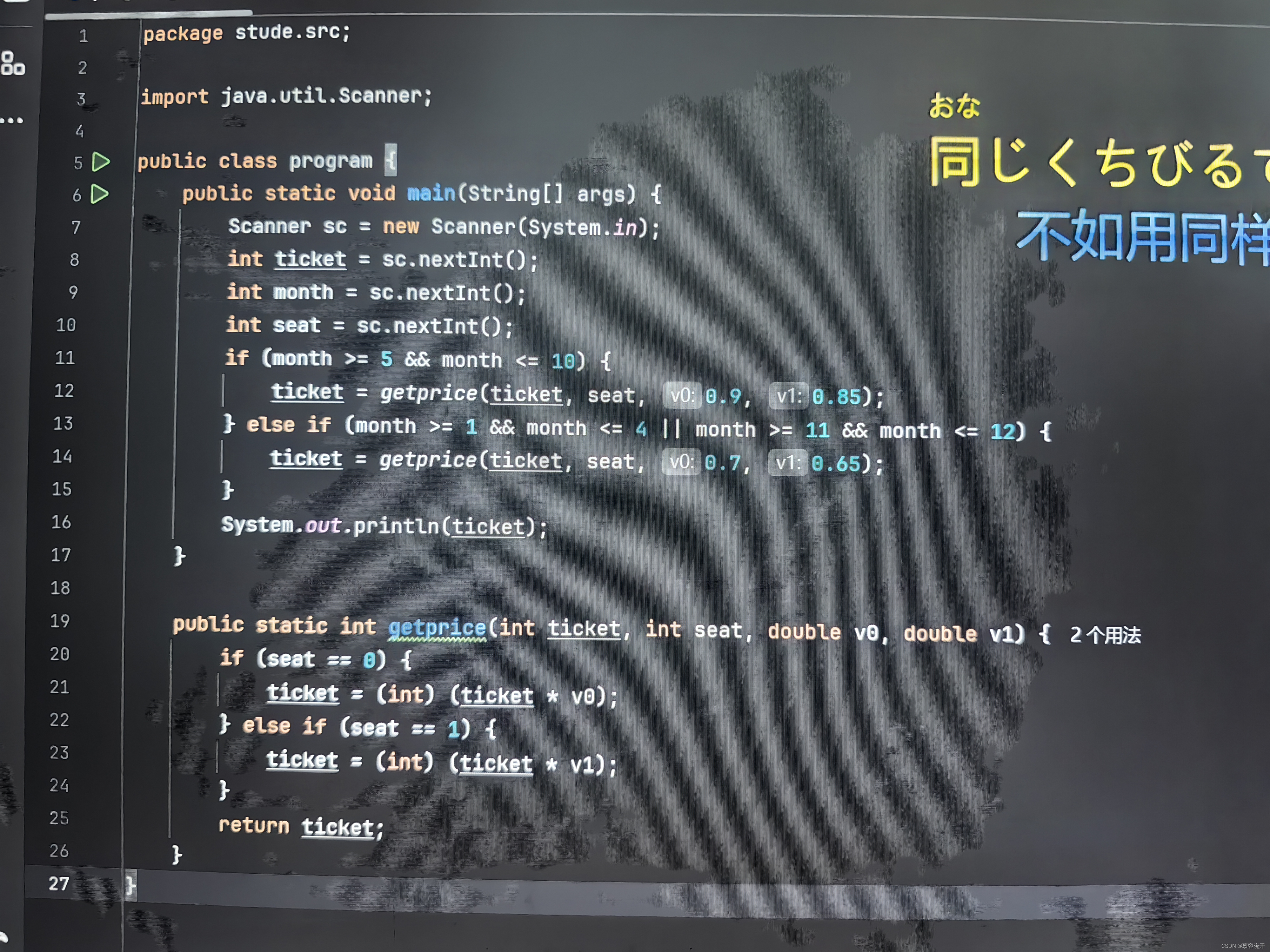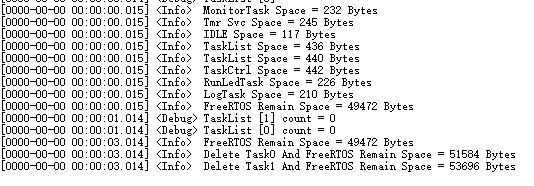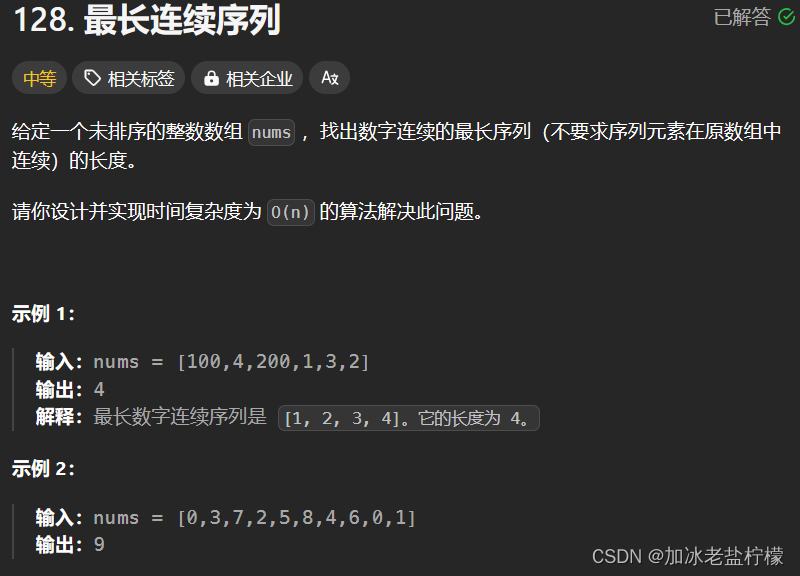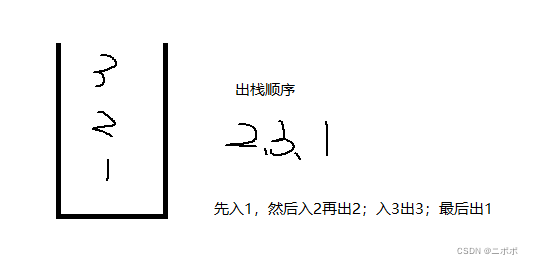1.在populateBean 方法中的一部分:用于@Autowird,@Resource注入
// 后处理器已经初始化
boolean hasInstAwareBpps = hasInstantiationAwareBeanPostProcessors();
// 需要依赖检查
boolean needsDepCheck = (mbd.getDependencyCheck() != AbstractBeanDefinition.DEPENDENCY_CHECK_NONE);
PropertyDescriptor[] filteredPds = null;
if (hasInstAwareBpps) {
if (pvs == null) {
pvs = mbd.getPropertyValues();
}
// 3. 成员变量的注入
// 调用了InstantiationAwareBeanPostProcessor.postProcessProperties 方法 和 postProcessPropertyValues 方法 来进行设值后处理
for (BeanPostProcessor bp : getBeanPostProcessors()) {
if (bp instanceof InstantiationAwareBeanPostProcessor) {
InstantiationAwareBeanPostProcessor ibp = (InstantiationAwareBeanPostProcessor) bp;
// 调用设值
PropertyValues pvsToUse = ibp.postProcessProperties(pvs, bw.getWrappedInstance(), beanName);
if (pvsToUse == null) {
if (filteredPds == null) {
filteredPds = filterPropertyDescriptorsForDependencyCheck(bw, mbd.allowCaching);
}
// 如果postProcessProperties 返回null,再调用 postProcessPropertyValues这个过时的方法
pvsToUse = ibp.postProcessPropertyValues(pvs, filteredPds, bw.getWrappedInstance(), beanName);
if (pvsToUse == null) {
return;
}
}
pvs = pvsToUse;
}
}
}
2.关键方法ibp.postProcessProperties方法:
Spring在AutowiredAnnotationBeanPostProcessor的postProcessProperties()方法中,会遍历所找到的注入点依次进行注入。
@Override
public PropertyValues postProcessProperties(PropertyValues pvs, Object bean, String beanName) {
// 找注入点(所有被@Autowired注解了的Field或Method)
InjectionMetadata metadata = findAutowiringMetadata(beanName, bean.getClass(), pvs);
try {
metadata.inject(bean, beanName, pvs);
}
catch (BeanCreationException ex) {
throw ex;
}
catch (Throwable ex) {
throw new BeanCreationException(beanName, "Injection of autowired dependencies failed", ex);
}
return pvs;
}
2.1 findAutowiringMetadata方法:
属性元数据封装到AutowiredFieldElement,方法元数据封装到AutowiredMethodElement,最后都封装到InjectionMetadata
`
二者都是AutowiredAnnotationBeanPostProcessor的内部类,继承InjectionMetadata.InjectedElement

metadata.inject方法:
循环遍历属性、方法元数据进行注入;封装的对象都是继承InjectedElement的
·
会先进行属性注入,再进行方法注入,所以属性注入会存在被覆盖的可能
·
根据这个特性,可以对static修饰的对象,进行方法注入,达到属性注入的效果
public void inject(Object target, @Nullable String beanName, @Nullable PropertyValues pvs) throws Throwable {
Collection<InjectedElement> checkedElements = this.checkedElements;
Collection<InjectedElement> elementsToIterate =
(checkedElements != null ? checkedElements : this.injectedElements);
if (!elementsToIterate.isEmpty()) {
// 遍历每个注入点进行依赖注入
for (InjectedElement element : elementsToIterate) {
element.inject(target, beanName, pvs);
}
}
}
element.inject方法:
这个方法会在AutowiredFieldElement和AutowiredMethodElement重写
AutowiredFieldElement.inject方法:
@Override
protected void inject(Object bean, @Nullable String beanName, @Nullable PropertyValues pvs) throws Throwable {
Field field = (Field) this.member;
Object value;
if (this.cached) {
// 对于原型Bean,第一次创建的时候,也找注入点,然后进行注入,此时cached为false,注入完了之后cached为true
// 第二次创建的时候,先找注入点(此时会拿到缓存好的注入点),也就是AutowiredFieldElement对象,此时cache为true,也就进到此处了
// 注入点内并没有缓存被注入的具体Bean对象,而是beanName,这样就能保证注入到不同的原型Bean对象
try {
value = resolvedCachedArgument(beanName, this.cachedFieldValue);
}
catch (NoSuchBeanDefinitionException ex) {
// Unexpected removal of target bean for cached argument -> re-resolve
value = resolveFieldValue(field, bean, beanName);
}
}
else {
// 根据filed从BeanFactory中查到的匹配的Bean对象
value = resolveFieldValue(field, bean, beanName);
}
// 反射给filed赋值
if (value != null) {
ReflectionUtils.makeAccessible(field);
field.set(bean, value);
}
}
resolveFieldValue方法:resolveDependency方法来获取依赖的属性bean
@Nullable
private Object resolveFieldValue(Field field, Object bean, @Nullable String beanName) {
DependencyDescriptor desc = new DependencyDescriptor(field, this.required);
desc.setContainingClass(bean.getClass());
Set<String> autowiredBeanNames = new LinkedHashSet<>(1);
Assert.state(beanFactory != null, "No BeanFactory available");
TypeConverter typeConverter = beanFactory.getTypeConverter();
Object value;
try {
value = beanFactory.resolveDependency(desc, beanName, autowiredBeanNames, typeConverter);
}
catch (BeansException ex) {
throw new UnsatisfiedDependencyException(null, beanName, new InjectionPoint(field), ex);
}
synchronized (this) {
if (!this.cached) {
Object cachedFieldValue = null;
if (value != null || this.required) {
cachedFieldValue = desc;
// 注册一下beanName依赖了autowiredBeanNames,
registerDependentBeans(beanName, autowiredBeanNames);
if (autowiredBeanNames.size() == 1) {
String autowiredBeanName = autowiredBeanNames.iterator().next();
if (beanFactory.containsBean(autowiredBeanName) &&
beanFactory.isTypeMatch(autowiredBeanName, field.getType())) {
// 构造一个ShortcutDependencyDescriptor作为缓存,保存了当前filed所匹配的autowiredBeanName,而不是对应的bean对象(考虑原型bean)
cachedFieldValue = new ShortcutDependencyDescriptor(
desc, autowiredBeanName, field.getType());
}
}
}
this.cachedFieldValue = cachedFieldValue;
this.cached = true;
}
}
return value;
}
}
AutowiredMethodElement.inject方法:
@Override
protected void inject(Object bean, @Nullable String beanName, @Nullable PropertyValues pvs) throws Throwable {
// 如果pvs中已经有当前注入点的值了,则跳过注入
if (checkPropertySkipping(pvs)) {
return;
}
Method method = (Method) this.member;
Object[] arguments;
if (this.cached) {
try {
arguments = resolveCachedArguments(beanName);
}
catch (NoSuchBeanDefinitionException ex) {
// Unexpected removal of target bean for cached argument -> re-resolve
arguments = resolveMethodArguments(method, bean, beanName);
}
}
else {
arguments = resolveMethodArguments(method, bean, beanName);
}
if (arguments != null) {
try {
ReflectionUtils.makeAccessible(method);
method.invoke(bean, arguments);
}
catch (InvocationTargetException ex) {
throw ex.getTargetException();
}
}
}
resolveMethodArguments方法:
@Nullable
private Object[] resolveMethodArguments(Method method, Object bean, @Nullable String beanName) {
int argumentCount = method.getParameterCount();
Object[] arguments = new Object[argumentCount];
DependencyDescriptor[] descriptors = new DependencyDescriptor[argumentCount];
Set<String> autowiredBeans = new LinkedHashSet<>(argumentCount);
Assert.state(beanFactory != null, "No BeanFactory available");
TypeConverter typeConverter = beanFactory.getTypeConverter();
// 遍历每个方法参数,找到匹配的bean对象
for (int i = 0; i < arguments.length; i++) {
MethodParameter methodParam = new MethodParameter(method, i);
DependencyDescriptor currDesc = new DependencyDescriptor(methodParam, this.required);
currDesc.setContainingClass(bean.getClass());
descriptors[i] = currDesc;
try {
Object arg = beanFactory.resolveDependency(currDesc, beanName, autowiredBeans, typeConverter);
if (arg == null && !this.required) {
arguments = null;
break;
}
arguments[i] = arg;
}
catch (BeansException ex) {
throw new UnsatisfiedDependencyException(null, beanName, new InjectionPoint(methodParam), ex);
}
}
synchronized (this) {
if (!this.cached) {
if (arguments != null) {
DependencyDescriptor[] cachedMethodArguments = Arrays.copyOf(descriptors, arguments.length);
registerDependentBeans(beanName, autowiredBeans);
if (autowiredBeans.size() == argumentCount) {
Iterator<String> it = autowiredBeans.iterator();
Class<?>[] paramTypes = method.getParameterTypes();
for (int i = 0; i < paramTypes.length; i++) {
String autowiredBeanName = it.next();
if (beanFactory.containsBean(autowiredBeanName) &&
beanFactory.isTypeMatch(autowiredBeanName, paramTypes[i])) {
cachedMethodArguments[i] = new ShortcutDependencyDescriptor(
descriptors[i], autowiredBeanName, paramTypes[i]);
}
}
}
this.cachedMethodArguments = cachedMethodArguments;
}
else {
this.cachedMethodArguments = null;
}
this.cached = true;
}
}
return arguments;
}
字段注入
- 遍历所有的AutowiredFieldElement对象。
- 将对应的字段封装为DependencyDescriptor对象。
- 调用BeanFactory的resolveDependency()方法,传入DependencyDescriptor对象,进行依赖查找,找到当前字段所匹配的Bean对象。
- 将DependencyDescriptor对象和所找到的结果对象beanName封装成一个ShortcutDependencyDescriptor对象作为缓存,比如如果当前Bean是原型Bean,那么下次再来创建该Bean时,就可以直接拿缓存的结果对象beanName去BeanFactory中去那bean对象了,不用再次进行查找了
- 利用反射将结果对象赋值给字段。
Set方法注入
- 遍历所有的AutowiredMethodElement对象
- 遍历将对应的方法的参数,将每个参数封装成MethodParameter对象
- 将MethodParameter对象封装为DependencyDescriptor对象
- 调用BeanFactory的resolveDependency()方法,传入DependencyDescriptor对象,进行依赖查找,找到当前方法参数所匹配的Bean对象。
- 将DependencyDescriptor对象和所找到的结果对象beanName封装成一个ShortcutDependencyDescriptor对象作为缓存,比如如果当前Bean是原型Bean,那么下次再来创建该Bean时,就可以直接拿缓存的结果对象beanName去BeanFactory中去那bean对象了,不用再次进行查找了
- 利用反射将找到的所有结果对象传给当前方法,并执行。

